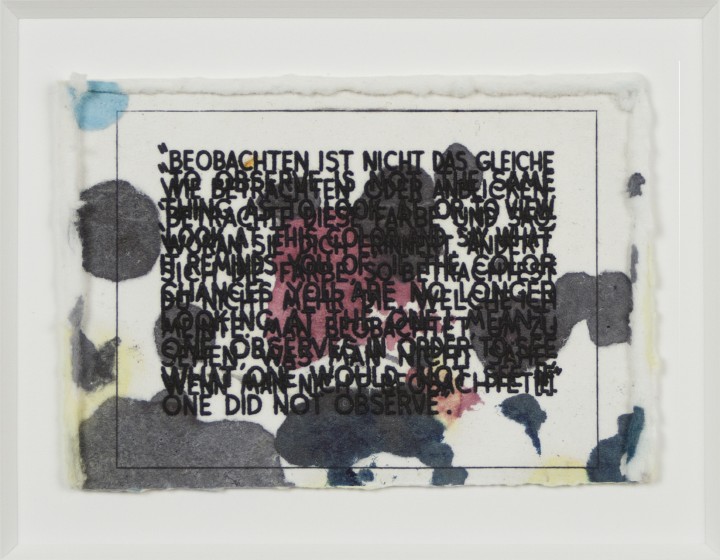
“The proposition is a picture of reality. The proposition is a model of the reality as we think it is.”
We picture reality to ourselves-–that’s what it means to “make sense” in the picture theory of meaning. One interpretation of this theory, extremely significant for the history of science, is that “[a]nything normative, supernatural or (one might say) metaphysical must, it therefore seems, be nonsense.” (IEP) Since we can’t picture things that are “metaphysical,” like God, morals, or existence-as-such (things beyond what we can observe), then it is impossible to make sense when talking about them.
This is generally called “the problem of unobservables” and was present in the positivist and empiricist traditions both before and after Wittgenstein’s early work. A common response to this problem, and Wittgenstein’s view of it, is that the things we can’t observe–-God, morality, even knowledge itself–-seem very real to us, perhaps more real than the things we observe!
Here is a fascinating occasion of tension, particularly between art and text. On the one hand, the picture theory of meaning prioritizes images. Without images we can’t understand what we mean when we communicate with one another. On the other hand, this same theory rejects the possibility that we can make sense when communicating about what seems the most real: God, morality, and what it means to exist. My questions, huge as they may be, are: What is reality? Is it what we picture or what we observe? In other words, is it possible to make sense when speaking about things we can’t observe? What role do images play here?
David Backer is a writer and teacher living in Brooklyn. He is a Graduate Coordinator at New Community College, City University of New York. Backer also edits fictiondaily.org, and is pursuing a doctorate in Philosophy and Education at Teachers College, Columbia University, New York. He blogs at davidbacker.com.
Pingback: Meaning, Pictures, and Reality–Online Discussion at Art=Text=Art | davidbackerdigitalin-itself